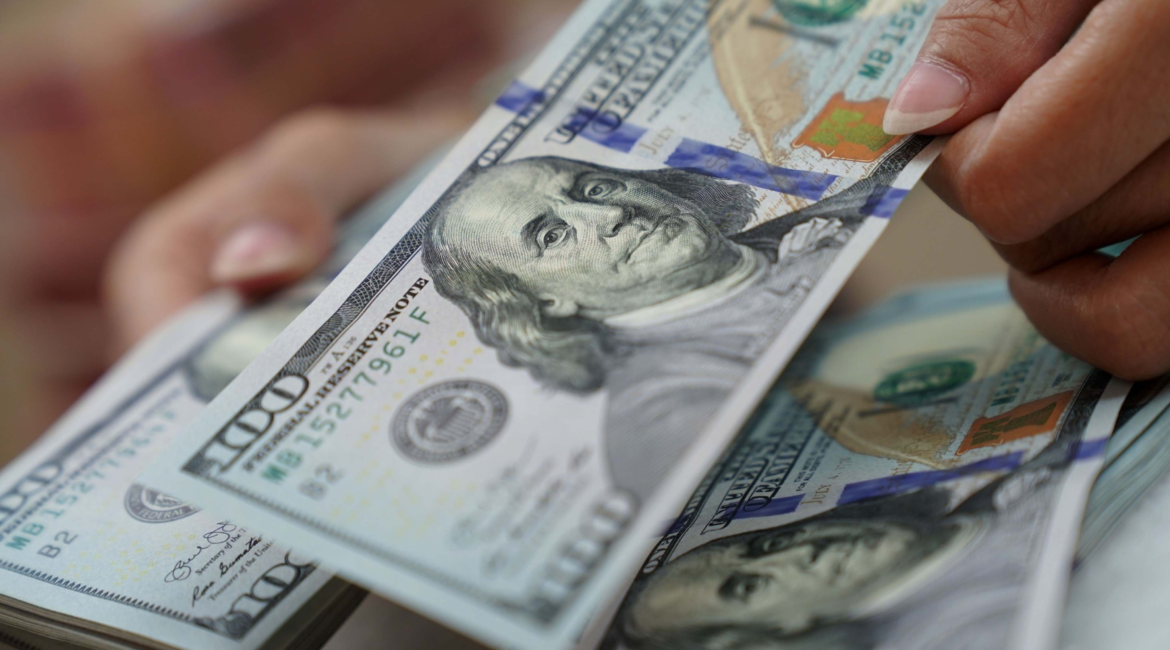Global markets can change in an instant. The currency exchange rate between the British pound (Sterling) and the U.S. dollar is a case study in this rapid fluctuation. Recently, Sterling fell sharply against the rebounding dollar as market participants reacted to reports about renewed U.S. tariff plans under former President Donald Trump’s influence. This development startled currency traders and policymakers, underscoring how political events and economic strategies can sway the forex market.
This blog explains why Sterling experienced this dip, how the dollar managed its resurgence, and what this means for global markets moving forward. Whether you’re an investor, economist, or simply someone who wants to stay informed, this analysis will highlight the key factors behind the currency shifts and offer expert insights on navigating an economic landscape shaped by global trade tensions.
Understanding the Sterling Decline
The British pound has always been sensitive to shifts in global economic and political policy. On this occasion, uncertainty around the U.K.’s economic growth projections combined with external trade pressures led to its decline. This was exacerbated further by a robust recovery from the dollar, making Sterling weaker in trade comparisons.
Key Factors Behind the Sterling Slide
Several interconnected issues contributed to Sterling’s sharp fall:
- Trump-Tied Tariff Jitters
Reports that the U.S. may revisit tariffs under Trump’s familiar “America First” doctrine rattled international markets. The potential for increased tariffs on European imports reignited fears of trade slowdowns, directly impacting confidence in currencies like the British pound. The U.K., as an export-reliant economy, would experience significant exposure to such trade barriers, particularly following Brexit.
- Weak U.K. Economic Data
Currency valuations often hinge on economic health indicators, such as GDP growth, inflation rates, and employment data. Lately, the U.K. has faced sluggish growth projections paired with ongoing inflation pressures. Disappointing retail sales figures and reduced investor confidence following the Bank of England’s cautious tone compounded pressures on Sterling.
- Bank of England’s Dovish Signals
Monetary policy from central banks deeply influences exchange rates. Unlike the Federal Reserve, which has signaled further tightening to curb inflation, the Bank of England has struck a more dovish tone. This policy divergence weakened Sterling as speculators shifted toward the dollar amid expectations of higher interest rates boosting the greenback.
Why the Dollar Rebounded
While Sterling faced headwinds, the dollar surged as it regained its safe-haven status in turbulent times. Recent market trends demonstrated three driving forces behind the dollar’s resilience:
- Strengthened U.S. Economic Data
The U.S. economy showed signs of relative robustness, with stronger labor market data and positive retail performance boosting investor sentiment. This gave the dollar an edge over other major currencies, including Sterling.
- Federal Reserve’s Hawkish Stance
Unlike many other central banks, the Federal Reserve maintained an assertive approach, hinting at potential rate hikes. This made dollar-denominated assets more attractive to investors, further bolstering the greenback.
- Geopolitical Safety Net
Global uncertainties—particularly those tied to trade and geopolitics—have historically made the U.S. dollar a go-to asset for global investors. Renewed concerns around international tariffs created an ideal environment for the dollar to shine as a reliable safe haven.
Implications for Global Markets
The recent collision of Sterling’s decline and the dollar’s surge holds meaningful consequences not just for the two currencies but also for global businesses and economies.
Impacts on Trade Balance
For the U.K., a weaker pound could lead to more expensive imports and inflationary pressures domestically. On the flip side, it may make British exports more competitive globally. However, if protectionist tariff policies emerge, this competitive edge would be blunted.
Effect on Forex Markets
Forex traders are closely monitoring this currency pair, GBP/USD. Volatility often creates opportunity, drawing speculative activity that can further amplify market movements.
Consumer and Investor Sentiments
The ongoing uncertainty in foreign exchange markets can erode consumer confidence, primarily when it entails higher import costs for everyday goods. Similarly, investors may hesitate to deploy long-term capital until there’s greater clarity on political and economic policies.
What Lies Ahead?
The interplay between Sterling and the dollar underscores the critical influence global politics and economics have on currency markets. Moving forward, here are the trends and scenarios worth keeping an eye on:
- Trump Tariff Policy Direction
Should renewed tariff plans come to pass, economies globally may need to brace themselves for heightened trade barriers. Will the U.K. negotiate a tariff-exempt status, or will Sterling suffer further?
- Central Bank Strategies
Watch closely for the Bank of England’s and the Federal Reserve’s next moves. Whether they adjust interest rates could heavily sway future currency valuations.
- Global Economic Stability
If the broader global economy stabilizes, Sterling may recover partially against a strong dollar. However, ongoing inflationary pressures and public debt levels in the U.K. remain significant risks.
How to Navigate This Volatility
For those involved in forex trading, investments, or international business dealings, understanding how to operate amidst this volatility is crucial. Here are some steps to consider:
- Stay Updated with Economic Indicators
Pay attention to GDP, inflation, and employment data from both the U.K. and the U.S. These figures offer predictive insights into how the Sterling and dollar will behave.
- Diversify Investments
If you’re an investor, diversify your holdings to hedge against currency-specific risks. Consider options like ETFs that track currency pairs or bonds issued in both pounds and dollars.
- Work with Forex Experts
If forex is integral to your business model, consider leveraging the expertise of financial advisors to help mitigate currency risks.
Sterling and the Dollar Tell a Global Story
The fall of Sterling and the rise of the dollar encapsulate the complexities of today’s interconnected global economy. From trade policies to monetary decisions, every factor leaves a trail that ripples across currency markets. For businesses and professionals, understanding these patterns equips them to make more informed decisions in an unpredictable financial landscape.
Keep an eye on the data, be attentive to global headlines, and never underestimate the importance of guidance from seasoned experts to thrive amidst change.

